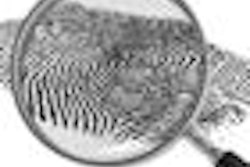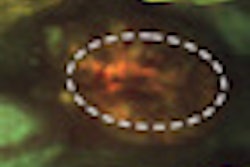Dear Oral Cancer & Diagnostics Insider,
Tongue cancer patients who have compartmental tongue surgery (CTS) live longer and have fewer recurrences of the disease than those who undergo standard surgery, according to a new study in Oral Oncology.
Changing from circumferential to longitudinal compartmental resection amounts to a paradigm shift in surgical treatment of squamous cell carcinoma of the tongue, according to the researchers who invented the CTS technique. Read more about CTS and why it is effective in our first Oral Cancer & Diagnostics Insider Exclusive.
In related news, a robotic surgical procedure offers patients with oral and head and neck cancers a less invasive treatment option that preserves speech and the ability to eat, while possibly helping them avoid radiation and chemotherapy. Transoral robotic surgery is a minimally invasive procedure that is transforming treatment of this disease and dramatically reducing radiation exposure in the process. Click here to read more.
There have also been important advances in understanding the causes of oral and head and neck cancers. Several studies have established the human papillomavirus (HPV) as a risk factor for oral cancer, and researchers have noted a growing frequency in the disease in the last few years. Now U.K. scientists have discovered a new way in which HPV triggers cancer, possibly leading to improved treatments for oral cancer. Read more here.
In a related story, estrogen may increase the movement of precancerous cells in the mouth and thus promote the spread of the disease within the oral cavity, according to a recent study in Cancer Prevention Research.
On the diagnostic front, with 300,000 new cases of oral squamous cell carcinoma occurring annually worldwide, diagnosis at an early stage is critical to improving survival. While autofluorescence detection devices can help identify premalignant lesions in the oral cavity, the prevalence of confounding lesions increases the rate of false positives. Click here to learn how clinicians can differentiate between premalignant and mimicking lesions.
And Raman spectroscopy, a laser-based optical technique that creates a biochemical "fingerprint" of tissue samples, could dramatically improve the ability to detect head and neck cancer at an earlier stage than is possible with current diagnostic methods, according to a team of U.K. researchers that has been investigating this technique. Read more.
Meanwhile, with more than 1.4 million new cases of cancer -- oral and otherwise -- diagnosed in the U.S. each year, dental practitioners are more likely than ever to see these patients in their practices. A literature review in Oral Diseases offers advice on how to manage the oral side effects of chemotherapy and radiation treatments.
Finally, the U.S. Food and Drug Administration is calling for a complete redesign of cigarette packaging and advertising as part of its overall strategy to reduce tobacco use in the U.S. The agency wants larger and more noticeable warning statements and color graphic images depicting the negative health consequences of tobacco, including oral cancer. Click here to read more about the warnings.



















